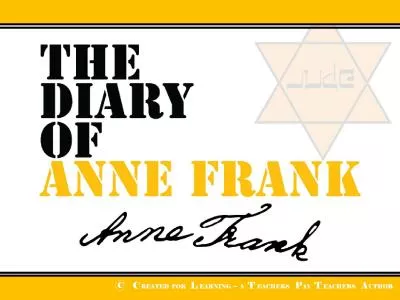PPT-The Twenties, Thirties, and WWII
Author : tatyana-admore | Published Date : 2015-10-30
19201947 Chelsea Bell Southern Methodist University MSA 3325 Spring 2013 Historical Background The Twenties In the wake of WWI many European nations were weakened
Presentation Embed Code
Download Presentation
Download Presentation The PPT/PDF document "The Twenties, Thirties, and WWII" is the property of its rightful owner. Permission is granted to download and print the materials on this website for personal, non-commercial use only, and to display it on your personal computer provided you do not modify the materials and that you retain all copyright notices contained in the materials. By downloading content from our website, you accept the terms of this agreement.
The Twenties, Thirties, and WWII: Transcript
Download Rules Of Document
"The Twenties, Thirties, and WWII"The content belongs to its owner. You may download and print it for personal use, without modification, and keep all copyright notices. By downloading, you agree to these terms.
Related Documents

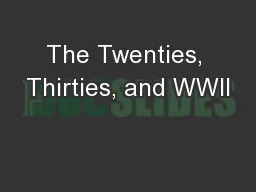
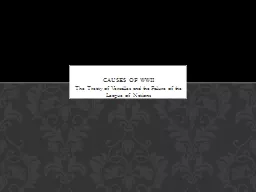

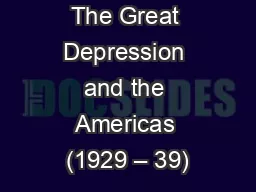
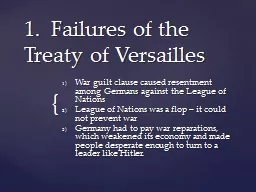
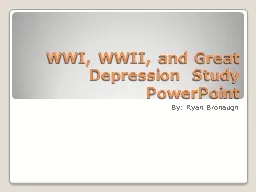
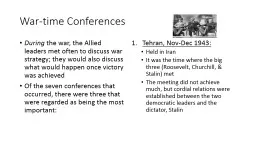
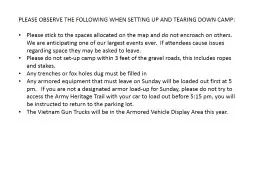
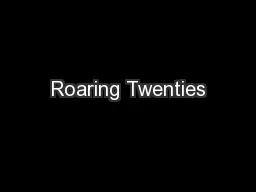
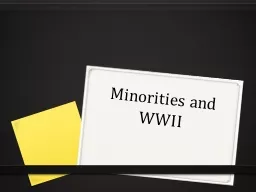
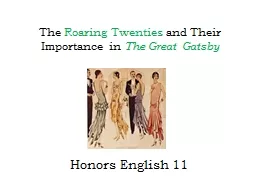
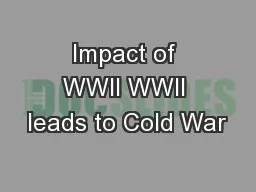
![[READ] - Advertising Spot Illustrations of the Twenties and Thirties: 1,593 Cuts (Dover](https://thumbs.docslides.com/881418/read-advertising-spot-illustrations-of-the-twenties-and-thirties-1-593-cuts-dover-pictorial-archive.jpg)
